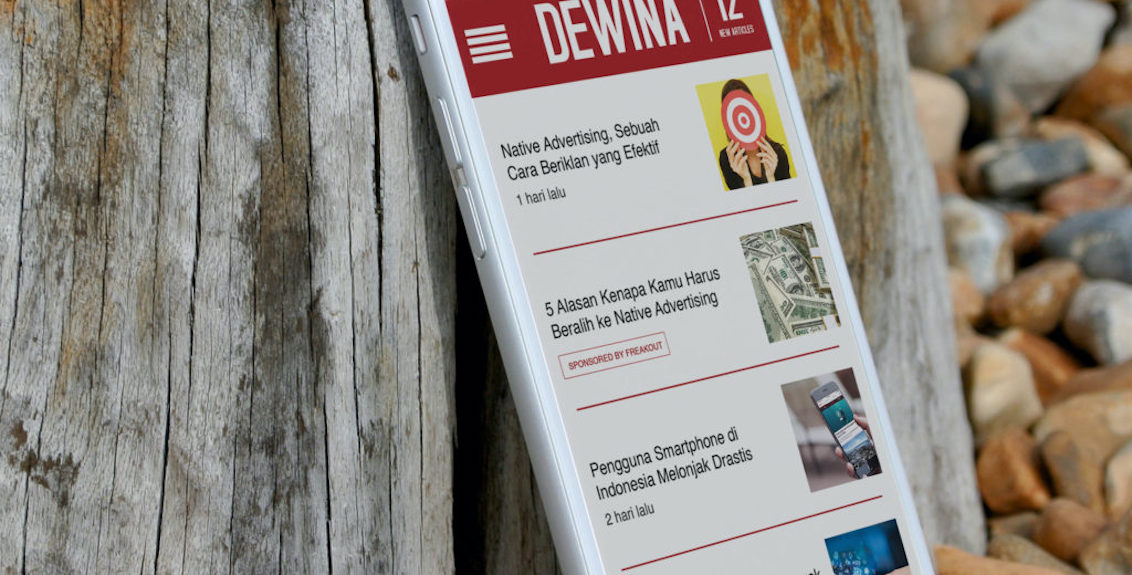Native advertising is one of the fastest growing sectors of digital advertising, but also one of the least understood. The market for native is expected to reach almost $14 billion in 2016. In order to understand how to make the most of your native advertising dollars we first need to understand the three different segments of native advertising.
The first type of native advertising is social. These are the ads you see on Facebook, Instagram, Twitter, and Pinterest. They are delivered in-feed and match the style of the site. In a way these units paved the way for all other types of native adverting. The second type is editorial content. This form of native advertising seeks to deliver content or articles promoting brand content that mimics the look and feel of a site’s editorial. The third type of native is image-based native ads. These ads deliver a visual experience that matches the look and feel of the site on which the ad is delivered. Image-based campaigns provide opportunities for scale and optimization in the programmatic context, yet also require some finesse to ensure success. Below are 10 tips for creating effective image-based native ad campaigns.
Contents
Transparent and clear disclosure
The purpose of native advertising is to connect with consumers through engaging and relevant images and content in a way that doesn’t resort to flashing or blanking — not to trick them. Advertisers should be sure to include their logo and prominently display the words “Sponsored Adverting Content” or “Sponsored By.” This not only ensures your audience doesn’t feel duped but also helps you abide by the new FTC Guidance.
Integrated with site content
Ads should match the look and feel of site content. Headline and ad copy should adhere to the font size, color, and style, and the ad should fit seamlessly in the flow of content. This helps ensure the ads offer a truly native experience. Our studies have shown that templated native advertising formats result in significantly lower engagement.
Images should reflect your audience
Speak to your audience with beautiful, engaging images. Try to reflect your audience and their lifestyle with people in natural environments rather than posed models. This drives a deeper connection and has been show to more than double efficiency.
Avoid glamour shots
When focusing on products, try using relatable environments. For example, when running a furniture store ad for an end table in a living room, it can easily outperform the product shot in isolation.
Use language that resonates with your audience
The text needs to engage your audience and drive them to the call-to-action. The headline needs to work across a variety of available publishers, so keep it short and concise — and speak directly to your audience. The text should help drive a clear message or call-to-action.
Deliver value
Consider your message. Sometimes providing a great example of how a food can be used in a recipe provides a more engaging advertisement than a packaged food item in isolation. Offer helpful and insightful messaging that resonates with consumers. Providing value to the consumer about how to best use a product can pay dividends on performance.
Don’t over-target
User targeting is always important when buying programmatically, but it’s important to remember that native ads are located within the flow of editorial content and are more likely to be seen. For this reason, the context of the site frames the ad more than any potential user behavior, and we have found that context can outperform user targeting for many campaigns.
Reward engagement
Make sure the landing page you drive consumers to is relevant to the ad that drove them there. This creates a consistent context and avoids any potential for consumers feeling deceived.
Placement matters
Ads delivered in the stream of content (even the ones delivered below the fold) outperform right rail placements. To help you in your fight against banner blindness, we recommend ensuring you target vendors that provide ads in-feed, where consumers will be most likely to engage.
Optimize, optimize, and optimize
Whenever possible, use multiple images and optimize to the creative that performs the best. Creative fatigue exists across all media.
Source: imediaconnection




